Home » Health News »
6 Reasons Why You Bruise So Easily
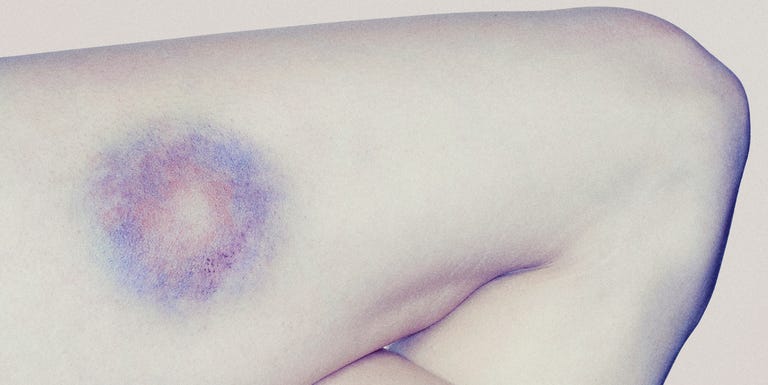
We’ve all been there—a shin to a coffee table or a trip on the sidewalk can leave you with a black-and-blue or two. But what is a bruise, exactly? “A bruise is a reflection of minor injury to the blood vessels under the surface of the skin. If these vessels are damaged, a small amount of blood can leak out, giving the classic blue, black or purple discoloration,” says Cory Fisher, DO, family medicine physician at the Cleveland Clinic.
But what if you seem to be bruising easily, developing bruises on your legs, arms, and other parts of your body from even just a slight bump, or seemingly out of nowhere? Keep reading to find out what else could be causing your unexplained bruising—and how to heal a bruise faster.
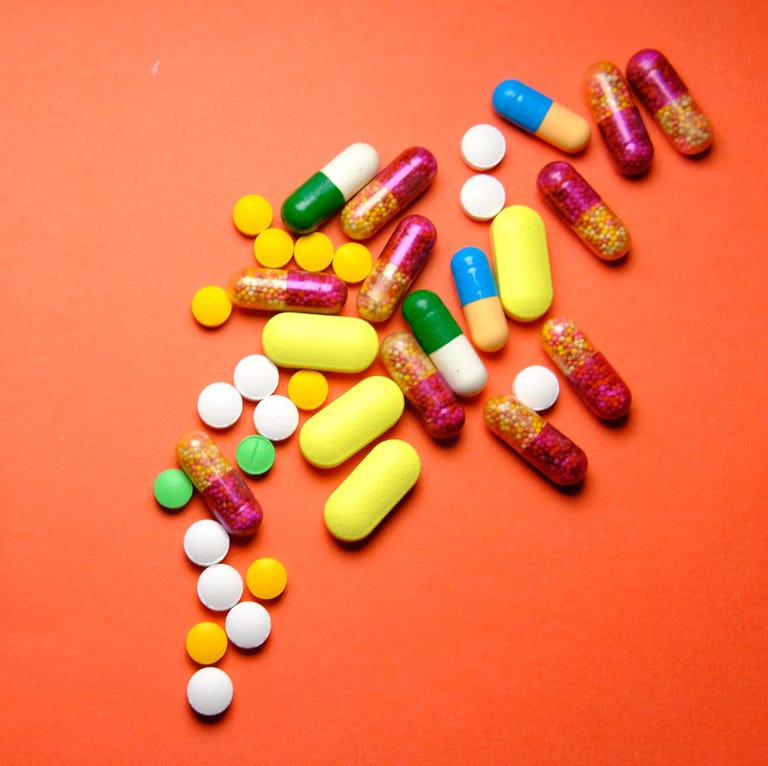
Getty Images
Some dietary supplements may contribute to unexplained bruising, including feverfew, garlic, ginger, gingko, ginseng, omega-3 fatty acids (fish oil), saw palmetto, and vitamin E. This is a good reminder to talk to your doctor before you take any supplement for any reason—not only can they can interact with other meds you’ve been prescribed, but they also aren’t FDA-regulated, so you may not be swallowing exactly what you expect.

Getty Images
“Skin gets thinner as you age, and blood vessels get more friable,” both which make you more prone to unexplained bruising, says Dr. Fisher. With thinning skin, you lose fat and collagen that previously protected your blood vessels. And your blood vessels also lose elasticity, making them more prone to break”
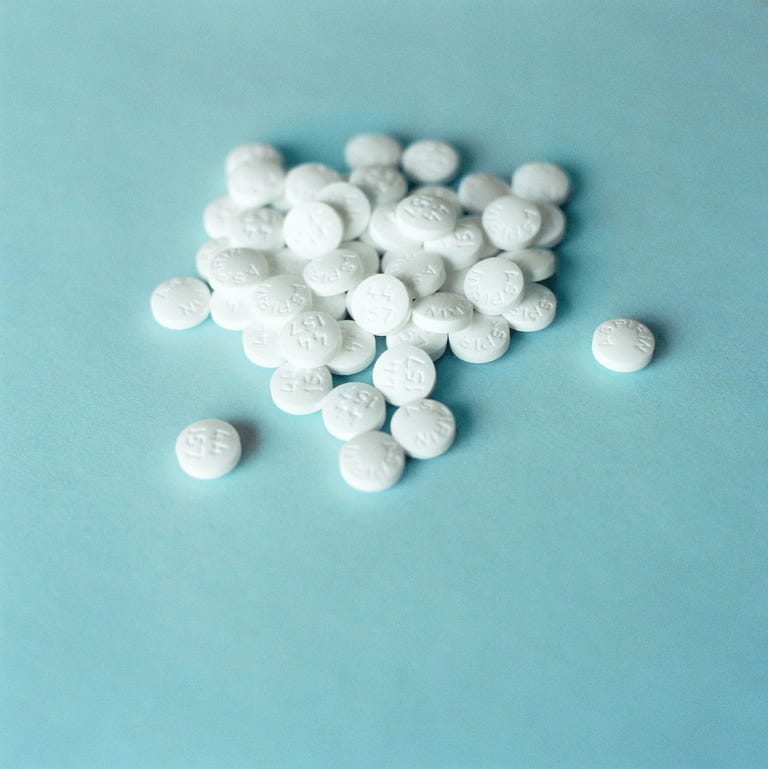
Getty Images
If you’re on a blood-thinning medication to treat heart arrhythmia or blood clots, that’s a simple explanation for unexplained bruising, says Dr. Fisher. But you may also be taking other drugs that have a blood-thinning effect without even realizing it, like ibuprofen or aspirin.
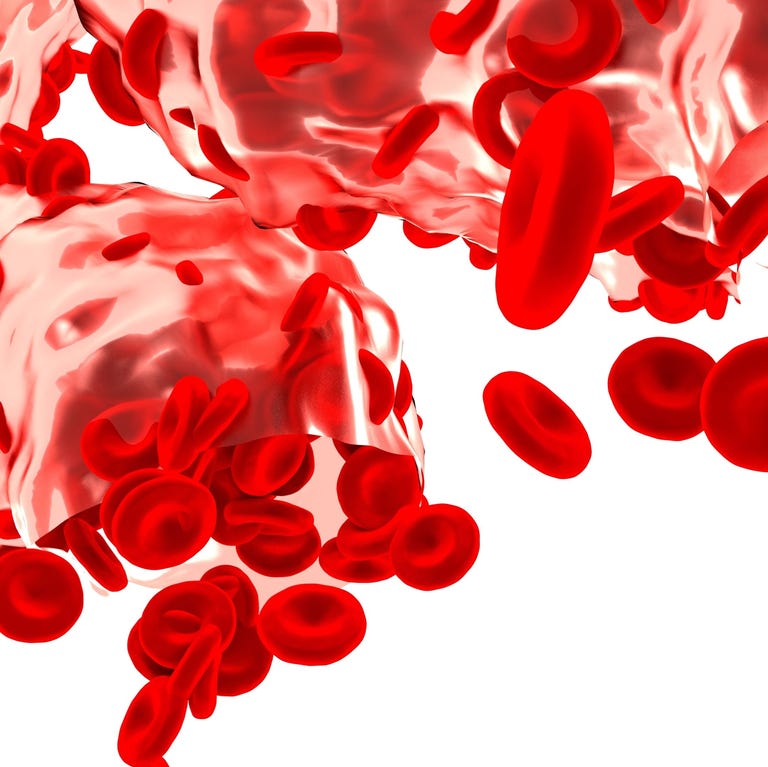
Getty Images
Hemophilia and von Willebrand disease are both blood disorders that can cause easy bruising, says Dr. Fisher. Hemophilia is a rare condition that affects the blood’s ability to clot, putting someone at risk for severe bleeding from just a slight injury. Von Willebrand disease is a milder and somewhat more-common clotting disorder often characterized by bleeding during dental work, long-lasting nosebleeds, blood in urine or stool, and heavy periods.
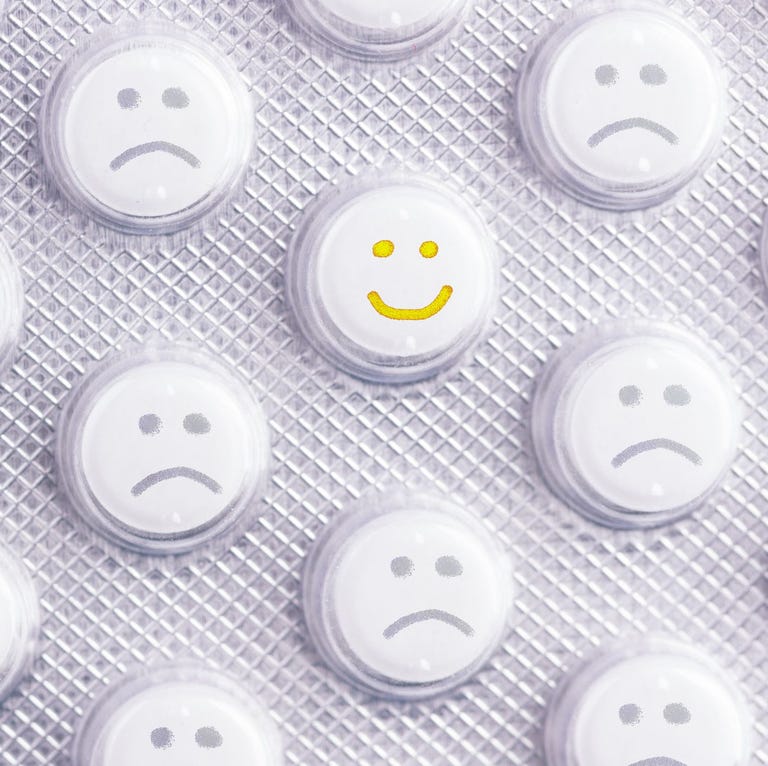
Getty Images
“Some of the most well-studied include SSRIs, like fluoxetine, sertraline, citalopram, and bupropion, can interact with platelets, which are an important part of the clotting process,” says Dr. Fisher.

Getty Images
Deficiencies in vitamin C and vitamin K can cause unexplained bruising—but if you live in a developed nation and have regular access to healthy food, then it’s highly unlikely this one applies to you. These deficiencies typically occur only in severely undernourished populations, explains Dr. Fisher.
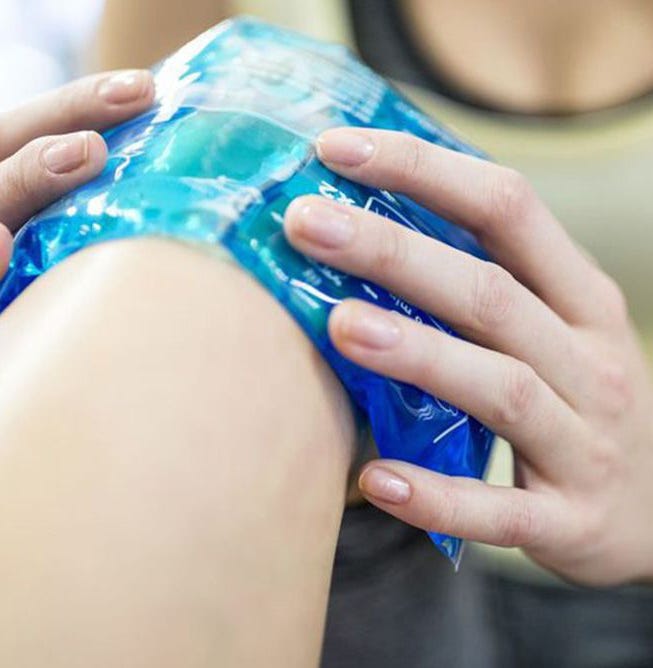
Getty Images
First, the bad news: It can take up to two weeks for a bruise to heal, and there’s not a whole lot you can do to make them disappear faster. “As the body absorbs this lost blood, it goes through a few phases. After just a few days, the blue/black/purple discoloration and any swelling will typically improve and the color changes to green or yellow,” says Dr. Fischer. “It may then look light brown before healing completely.” But there are a couple tricks that may speed healing. Right after you’ve thwacked your knee or bumped your elbow, grab an ice pack and hold it on the affected area for 10 minutes a few times a day. This will constrict the blood vessels, in turn slowing the spread of the purple discoloration in the first place.
From: Prevention US
Source: Read Full Article


